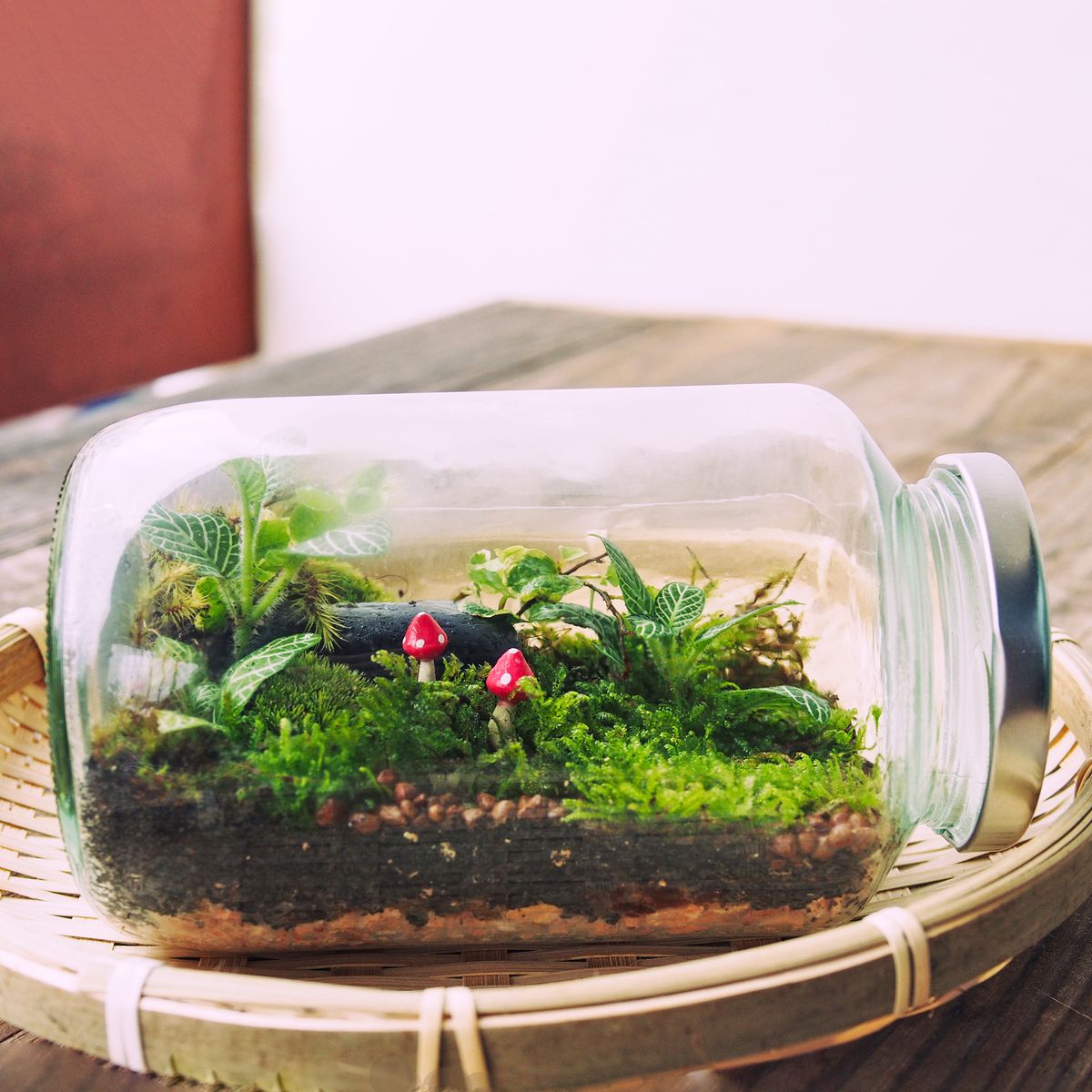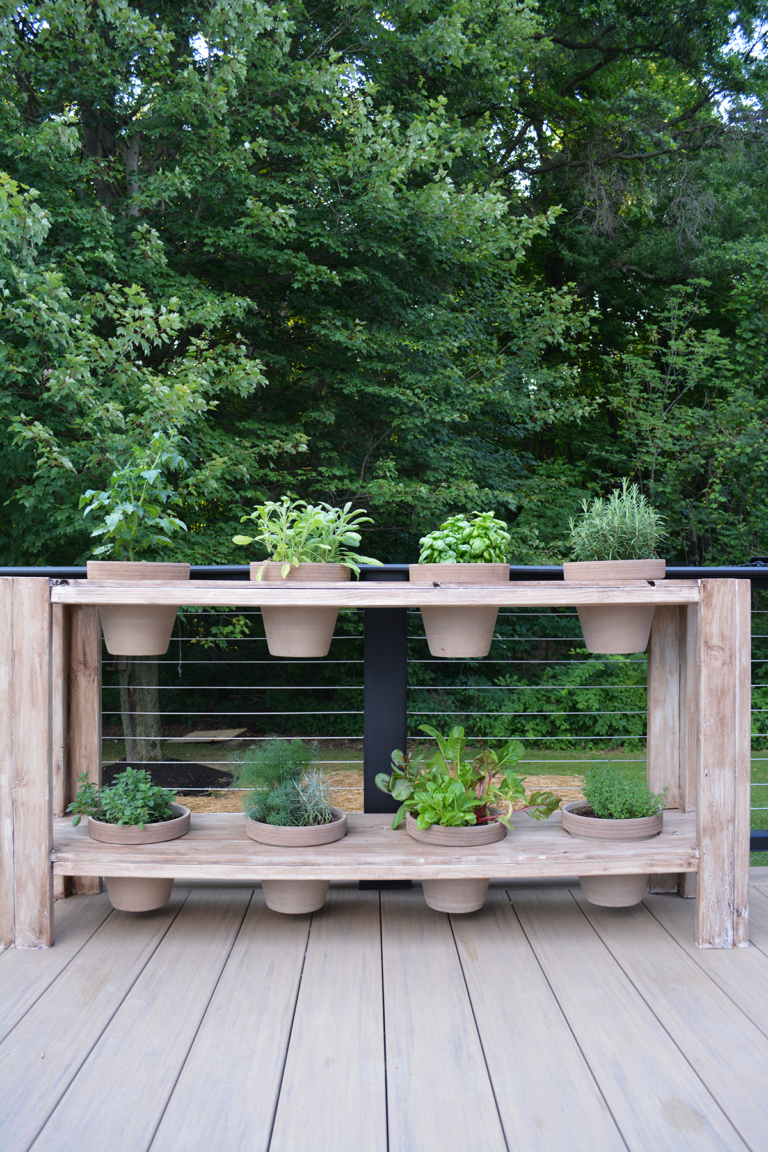Cherry Ong is again taking us along to visit beautiful gardens, this time plantings in Niagara-on-the-Lake in Ontario.
One of the top reasons I love walking along Queen Street in Niagara-on-the-Lake is to experience the amazing summer annual display along the street and fronting the stores and hotels. I walked the street twice to study the garden and container-garden designs (patterns and colors and all) hoping to take inspiration home with me for planting my own summer garden.
 This photo along the Prince of Wales Hotel includes spectacular window boxes planted with Streptocarpella saxorum (Zones 10–11 or as an annual) and Petunia hybrids (Zones 9–11 or as an annual).
This photo along the Prince of Wales Hotel includes spectacular window boxes planted with Streptocarpella saxorum (Zones 10–11 or as an annual) and Petunia hybrids (Zones 9–11 or as an annual).
 This view of the hotel, shows the planter boxes full of flowers on the fence around the little patio area.
This view of the hotel, shows the planter boxes full of flowers on the fence around the little patio area.
 This study in foliage color includes tall papyrus (Cyperus papyrus, Zones 9–11 or as an annual) at the top growing through lime-green coleus (Plectranthus scutellarioides hybrid, Zones 10–11 or as an annual), which contrasts with the coppery-colored sweet potato vine (Ipomoea batatas, Zones 10–11 or as an annual), and zebra plant (Tradescantia zebrina, Zones 10–11, or as an annual or houseplant). A few blooms of wishbone flower (Torenia hybrid, Zones 10–11 or as an annual) are scattered here and there but are totally upstaged by the great leaves around them.
This study in foliage color includes tall papyrus (Cyperus papyrus, Zones 9–11 or as an annual) at the top growing through lime-green coleus (Plectranthus scutellarioides hybrid, Zones 10–11 or as an annual), which contrasts with the coppery-colored sweet potato vine (Ipomoea batatas, Zones 10–11 or as an annual), and zebra plant (Tradescantia zebrina, Zones 10–11, or as an annual or houseplant). A few blooms of wishbone flower (Torenia hybrid, Zones 10–11 or as an annual) are scattered here and there but are totally upstaged by the great leaves around them.
 Hostas (Hosta hybrid, Zones 4–9) and Japanese forest grass (Hakonechloa macra, Zones 5–9) are always a good combination. Both thrive in the shade and have beautiful contrasting and complementing textures.
Hostas (Hosta hybrid, Zones 4–9) and Japanese forest grass (Hakonechloa macra, Zones 5–9) are always a good combination. Both thrive in the shade and have beautiful contrasting and complementing textures.
 Mandevilla (Mandevilla hybrid, Zones 10–11 or as an annual) vines give a great vertical accent in this planting. Most mandevilla are twining tropical vines, but some of the newer varieties stay as shorter, bushy plants. Both are beautiful, but the vines are very useful for adding height to annual plantings.
Mandevilla (Mandevilla hybrid, Zones 10–11 or as an annual) vines give a great vertical accent in this planting. Most mandevilla are twining tropical vines, but some of the newer varieties stay as shorter, bushy plants. Both are beautiful, but the vines are very useful for adding height to annual plantings.
 The red flowers of the mandevilla vines are intense.
The red flowers of the mandevilla vines are intense.
 These huge, dramatically colored elephant’s ears (Colocasia hybrid, Zones 7–10 or as an annual) look all the more intense for being paired with bright yellow-green sweet potato vine.
These huge, dramatically colored elephant’s ears (Colocasia hybrid, Zones 7–10 or as an annual) look all the more intense for being paired with bright yellow-green sweet potato vine.
 Purple spider plant (Tradescantia pallida, Zones 7–10 or as an annual) makes a dark background for this fiery planting: New Guinea impatiens (Impatiens hawkeri, Zones 10–11 or as an annual), coleus, and yellow cannas (Canna hybrid, Zones 7–10 or as an annual).
Purple spider plant (Tradescantia pallida, Zones 7–10 or as an annual) makes a dark background for this fiery planting: New Guinea impatiens (Impatiens hawkeri, Zones 10–11 or as an annual), coleus, and yellow cannas (Canna hybrid, Zones 7–10 or as an annual).
 A pink Rieger begonia (Begonia hybrid, Zones 10–11 or as an annual) takes center stage in this planting. These hybrid begonias are abundant bloomers and generally perform best in climates with cooler summers.
A pink Rieger begonia (Begonia hybrid, Zones 10–11 or as an annual) takes center stage in this planting. These hybrid begonias are abundant bloomers and generally perform best in climates with cooler summers.
 Brilliant orange canna and coleus foliage is the star here, backed up by a cool ring of purple petunias.
Brilliant orange canna and coleus foliage is the star here, backed up by a cool ring of purple petunias.
 Toning things down a little, this planting is a sophisticated mix of white flowers and the purple leaves of Strobelanthes dyerianus (Zones 10–11 or as an annual).
Toning things down a little, this planting is a sophisticated mix of white flowers and the purple leaves of Strobelanthes dyerianus (Zones 10–11 or as an annual).
 A final container is also elegant in its restraint: white variegated caladium (Caladium hybrid, Zones 9–11 or as a tender bulb) and spider plant (Chlorophytum comosum, Zones 8–10 or as an annual or houseplant), with the bright yellow foliage of creeping Jenny (Lysimachia nummularia ‘Aurea’, Zones 3–9).
A final container is also elegant in its restraint: white variegated caladium (Caladium hybrid, Zones 9–11 or as a tender bulb) and spider plant (Chlorophytum comosum, Zones 8–10 or as an annual or houseplant), with the bright yellow foliage of creeping Jenny (Lysimachia nummularia ‘Aurea’, Zones 3–9).
Have a garden you’d like to share?
Have photos to share? We’d love to see your garden, a particular collection of plants you love, or a wonderful garden you had the chance to visit!
To submit, send 5-10 photos to [email protected] along with some information about the plants in the pictures and where you took the photos. We’d love to hear where you are located, how long you’ve been gardening, successes you are proud of, failures you learned from, hopes for the future, favorite plants, or funny stories from your garden.
Have a mobile phone? Tag your photos on Facebook, Instagram or Twitter with #FineGardening!
Do you receive the GPOD by email yet? Sign up here.











